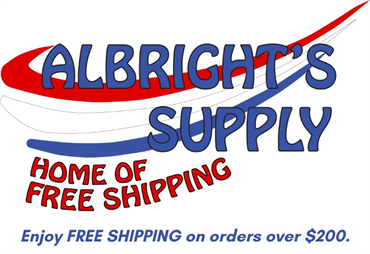- Sign In
-
- Some services are not accessible on a smartphone.
- Quick Order
- Homepage
- >Blog: Auto Vinyl Specifications
Blog Home
Previous Posts
- A Comprehensive Look at Upholstery Springs
- A Closer Look at Contract Vinyl
- Understanding Button Types
- Cushion Wrap, Airlay, & More: Upholstery Essentials
- Choose the Right Automotive Vinyl
- Foam Fundamentals
- Welt Cord Explained
- Upholstery Needle Basics
- Discover Recacril Marine Canvas
- Choosing the Right Marine Flooring
- Deciphering Automotive Fabric Specs
- What is Headliner?
- Your Guidebook to Zippers
- A Guide to Upholstery Thread
- Marine Vinyl 101
- A Guide to Automotive Carpet
Choosing the Right Automotive Vinyl
With so many automotive vinyl options on the market, navigating the choices can feel overwhelming. Sometimes, multiple manufacturers create nearly identical products, making it even harder to decide. Understanding the key specifications of automotive vinyl can help you choose the best material for your project. Here’s what you need to know.

Softside Automotive Collection
Material Basics
The most common material for automotive upholstery vinyl is PVC (Polyvinyl Chloride). This flexible and durable material is engineered with additives to enhance its performance, making it UV- and flame-resistant—ideal for automotive applications. Most vinyl consists of a vinyl film with a protective top coat, an adhesive layer, and a polyester substrate for stability.
Some options, called "expanded vinyl," include an additional foam layer, which adds thickness and cushioning, making them suitable for applications requiring extra comfort or support.

Performance Features to Consider
Abrasion resistance measures how well the material withstands wear and tear, such as from sliding in and out of vehicle seats. Automotive vinyl with at least 30,000 rubs is considered heavy-duty, but higher ratings are better for high-traffic areas like work trucks or daily drivers.
UV resistance protects vinyl from sun damage, reducing the risk of fading or cracking. Look for materials rated for at least 300 hours of UV protection, especially if your vehicle will be exposed to sunlight regularly.
Cold crack resistance ensures that vinyl remains flexible and durable even in freezing temperatures. Many automotive vinyls are rated for temperatures as low as -10°F to -20°F, making them suitable for cold climates.
Flammability standards are crucial for safety. Automotive vinyl must meet industry regulations, such as California Tech Bulletin 117 and FMVSS 302, which assess smolder resistance and acceptable burn rates.
Many manufacturers provide protective topcoats on their vinyls as well, adding to the performance and durability of the vinyl. From Spradling’s Permaguard to Enduratex’s Forbid, each manufacturer will provide information for you to consider, helping you choose the right material.
Weight and Thickness
Although weight and thickness are often mentioned, they don’t necessarily determine quality. Instead, consider abrasion resistance, UV resistance, and protective coatings. These factors play a far greater role in ensuring the durability and performance of your vinyl.

Caring for Your Vinyl
To keep your upholstery looking and performing its best, follow the manufacturer’s cleaning recommendations. Specialty protective coatings require specific cleaning methods to prevent damage. Additionally, parking your car in a garage or using a cover can help protect against sun exposure and prolong the life of the vinyl.
With the right information, choosing automotive upholstery vinyl becomes a straightforward process. Understanding these specifications will help you select the best material for your project, ensuring it meets your standards for performance, durability, and style.
Click here to explore our entire automotive vinyl collection.

.jpg)

